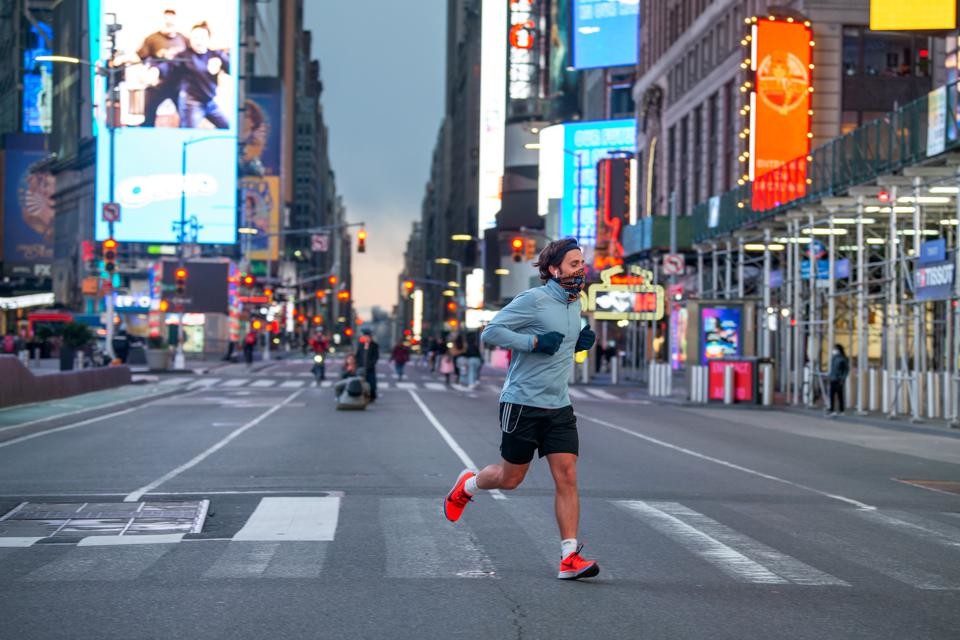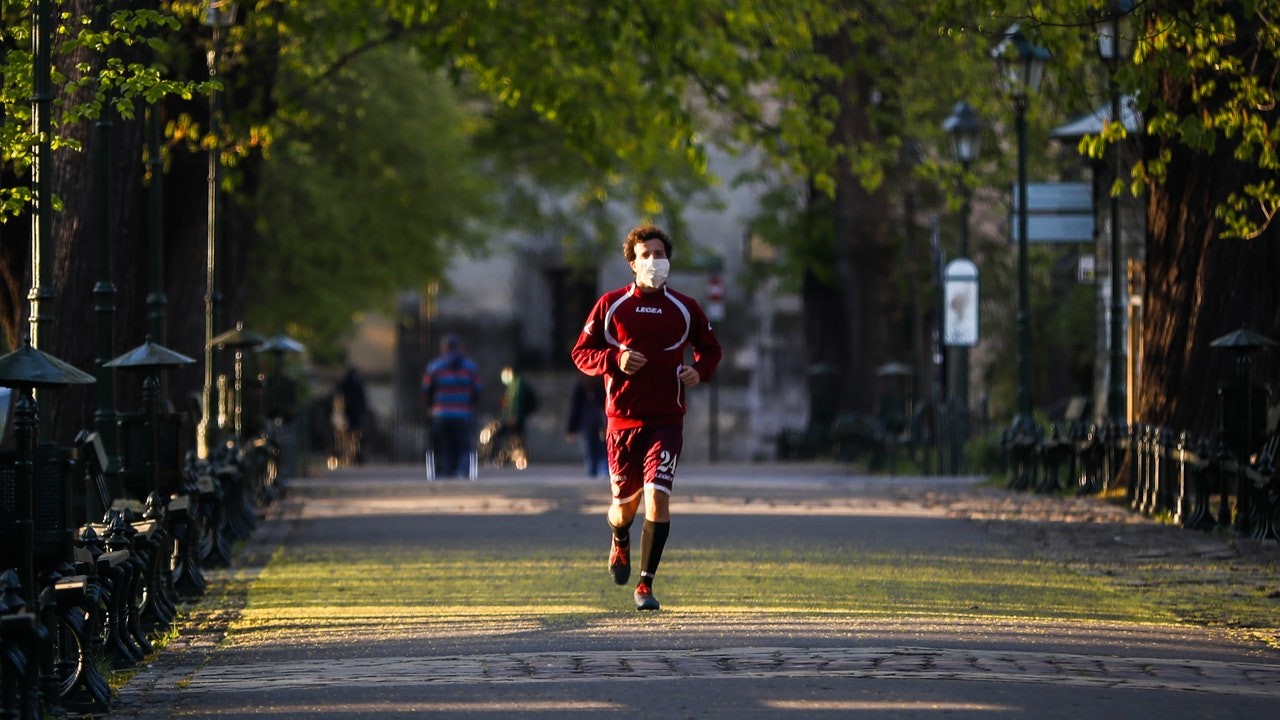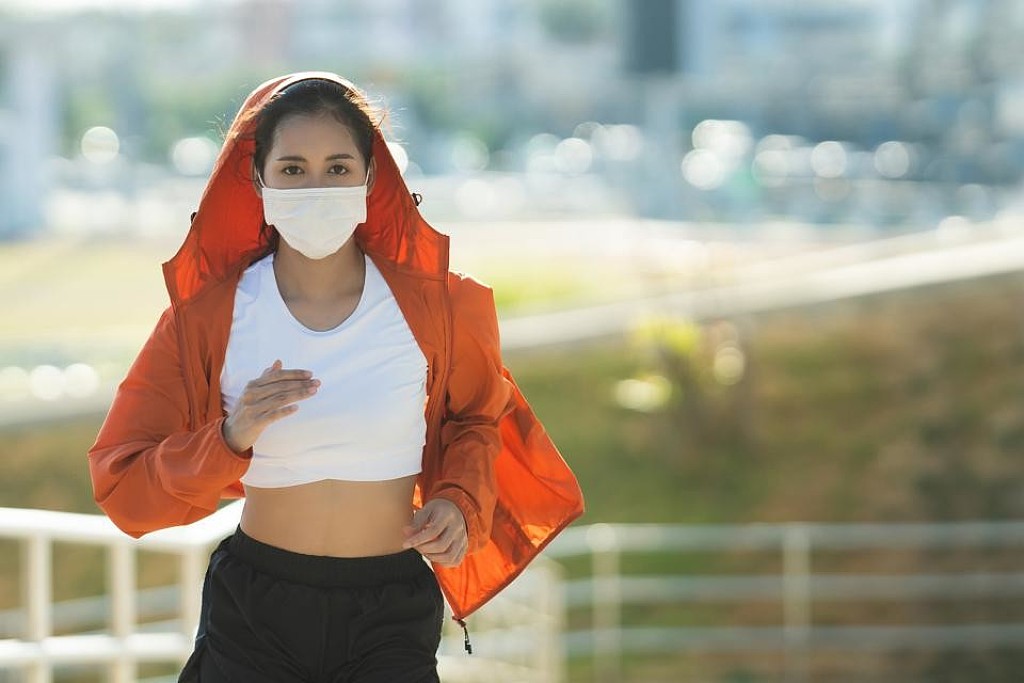Running News Daily
Running News Daily is edited by Bob Anderson. Send your news items to bob@mybestruns.com Advertising opportunities available. Train the Kenyan Way at KATA Kenya and Portugal owned and operated by Bob Anderson. Be sure to catch our movie A Long Run the movie KATA Running Camps and KATA Potato Farms - 31 now open in Kenya! https://kata.ke/
Index to Daily Posts · Sign Up For Updates · Run The World Feed
Experts talk about how to run after a coronavirus diagnosis
When Jordan D. Metzl, MD, and his colleagues at the HSS Sports Medicine Institute published their guidelines to returning to activity after recovering from COVID-19 in August, he never imagined the response he’d get from patients.
“I’ve been surprised at how many people have reached out to me,” says Dr. Metzl. He calls these individuals long haulers, people who are still having mild to moderate symptoms three to five months later. “Maybe they just didn’t know where to go, people weren’t talking about it. There are more people out there with these issues than I even realized.”

These consensus recommendations can be helpful for runners who are unsure how to navigate getting back to training after their COVID-19 diagnosis, especially if they were asymptomatic or only had mild symptoms. “We’re trying to find a balance between people feeling safe when they’re back to strenuously exercising while also not overdoing it with unnecessary testing,” says Jonathan Kim, MD, a sports cardiologist and co-author of the ACC return to play guidelines.

Because of the unpredictable nature of the virus, these guidelines take a cautious stance.
What You Need to Know
According to the CDC, scientists have learned “that many organs besides the lungs are affected by COVID-19 and there are many ways the infection can affect someone’s health.” In particular, they are watching how the virus interacts and causes damage to the heart. The inflammation and damage they are worried about is called myocarditis.
“We’re still not entirely sure about the underlying mechanisms as it relates to all the cardiac injury that we’re seeing in hospitalized patients,” says Dr. Kim.
To avoid putting stress on the heart before it’s ready, runners shouldn’t plan to pick up where they left off in their training. In the guidelines for competitive and highly active recreational athletes from the ACC, a minimum of 10 days of full recovery is recommended with slow return to activity and evaluation by a medical professional if your symptoms are moderate or lingering.
If you experienced no symptoms or mild symptoms, the updated ACC recommendations state that you are okay to navigate returning to running on your own. “One of our takeaway points is that you want to take your time getting back up to regular training levels, but you’re probably okay to do that on your own and you don’t need to go see a cardiologist and worry about getting all these tests,” says Dr. Kim.
And of course, while you are still sick, regardless of severity, you should abstain from exercise. “If you test positive in the setting of being exposed, the idea is to wait because we know that when symptoms evolve they can sometimes evolve pretty dramatically after the first week. Once you know you have it, you need to socially isolate and not exercise,” says Dr. Kim.
He also recommends runners pay attention if clear cardiac symptoms arise when they return to running after COVID-19, such as new chest tightness, excessive shortness of breath, feeling winded during a workout that is normally easy, feeling lightheaded, or passing out. Those are all indications that you are not ready to be running again.
The guidelines for recreational athletes vary slightly based on the types of symptoms the individual may have had (pulmonary, cardiac, musculoskeletal, etc.), but in general, they recommend returning to running after COVID-19 using the 50/30/20/10 rule. In your first week back, reduce your normal training load by 50 percent. If that is comfortable and you’re not experiencing new symptoms, the next week reduce by only 30 percent, followed by 20 percent, and 10 percent in the fourth week. By the fifth week, you can resume your regular training.
by Malissa Rodenburg
Login to leave a comment




